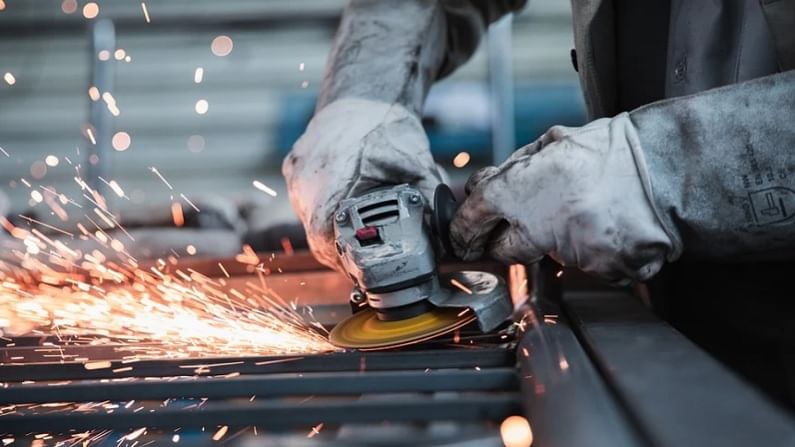IIP and retail inflation numbers may not cheer markets; here's why
With more localised lockdowns and supply disruptions, next month's data will be keenly watched

Leading high frequency data on macro economy came in as a big relief as industrial production grew sharply and inflation fell to a three-month low.
Industrial production was up 22.4% in March according to data released by the National Statistical Office. IIP not only entered positive territory after a gap of two months, this is the fastest pace of industrial production growth in at least nine years
According to the data, in FY21 the industrial sector saw a contraction of 8.6% compared to a 0.8% fall year ago.
Eye on the economy
Out of all the sectors, the manufacturing sector — which constitutes 77.63% of the index of industrial production (IIP) — grew by 25.8% in March 2021. The mining sector output too grew 6.1% in March, while power generation increased by 22.5%, cumulatively aiding the growth.
On the other hand, the country’s retail inflation, measured by the Consumer Price Index (CPI), eased to 4.29% in the month of April. Retail inflation during the month of March was at 5.52%. This is the fifth consecutive month that the CPI data has come within the RBI’s limit.
The easing of the retail inflation last month can be attributed to the softening of food prices as food inflation eased to 2% in the month of April, down from 4.87% in March.
D-Street response
The sharp increase in IIP growth is due to the low base effect. Remember that IIP had contracted by 18.7% in March 2020 from a year earlier because of a nationwide lockdown, which had brought production to a standstill.
The IIP data, comes with a two-month delay, is yet to reflect the impact of the second wave.
With the country back to a near lockdown situation across several states, industrial activity is expected to be hit in the coming months.
Expert views
“As the lockdown base fades, we expect the CPI inflation to bounce back to an average of 5 per cent in the remainder of H1 FY22″ said Aditi Nayar, chief economist, ICRA Ratings.
She added the continuing elevated fresh Covid-19 infections posed substantive risks to the outlook for consumer sentiment
“This dip (in CPI) is due to base effects and will prove short-lived. The biggest risk to CPI staying within RBI’s comfort band comes from COVID-19 infections in the hinterland impacting market supply. We remain watchful,” Prithviraj Srinivas, Chief Economist at Axis Capital was quoted by Reuters.
Cautious commentary by economists on the macro data indicates the stock markets may not be enthused.